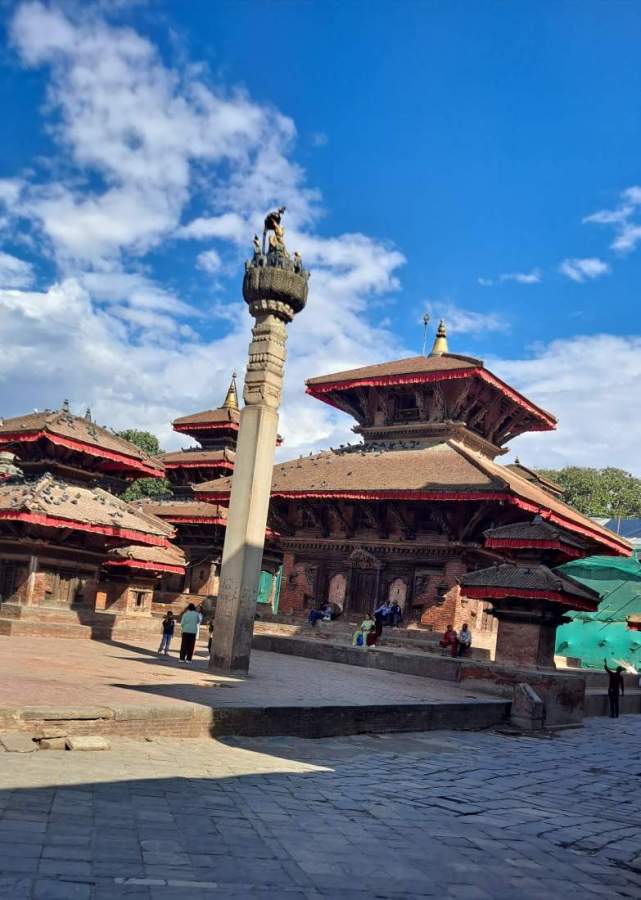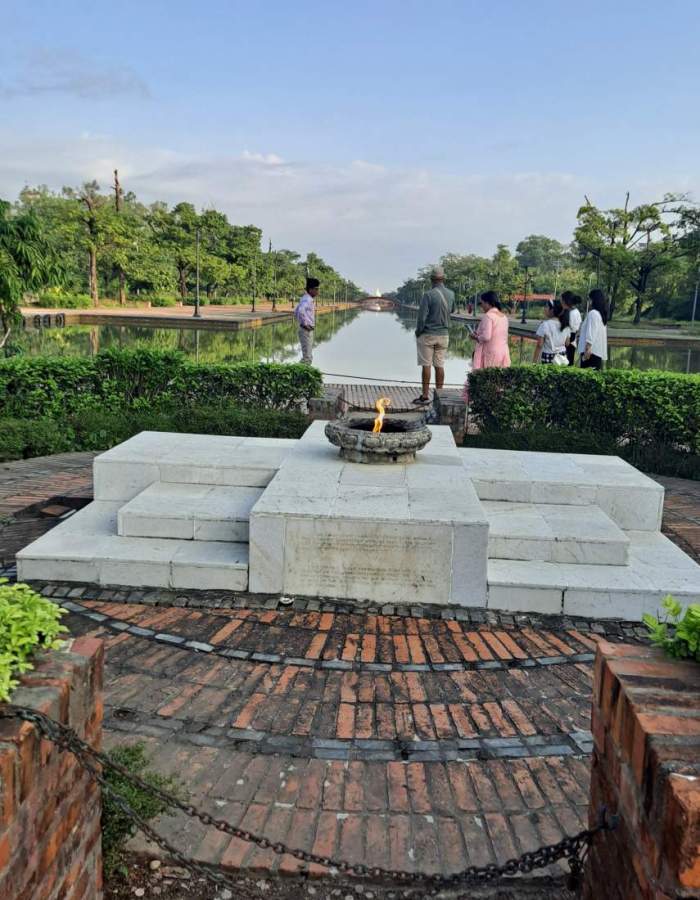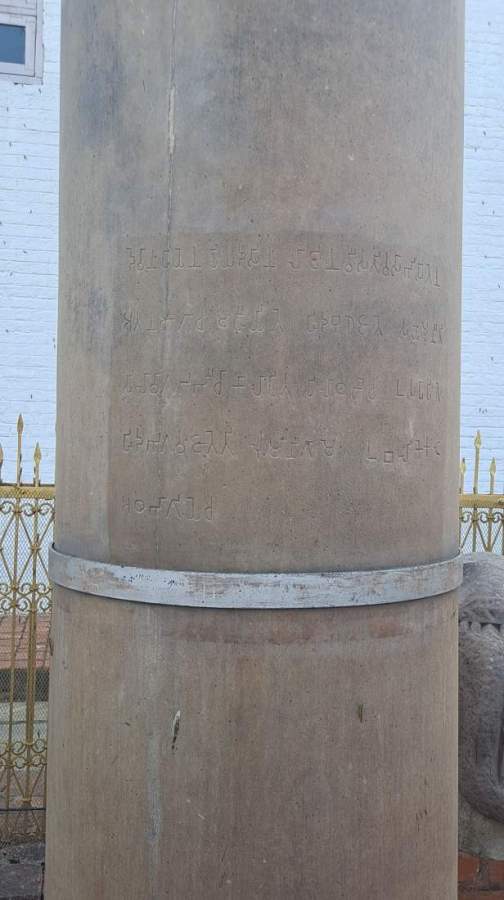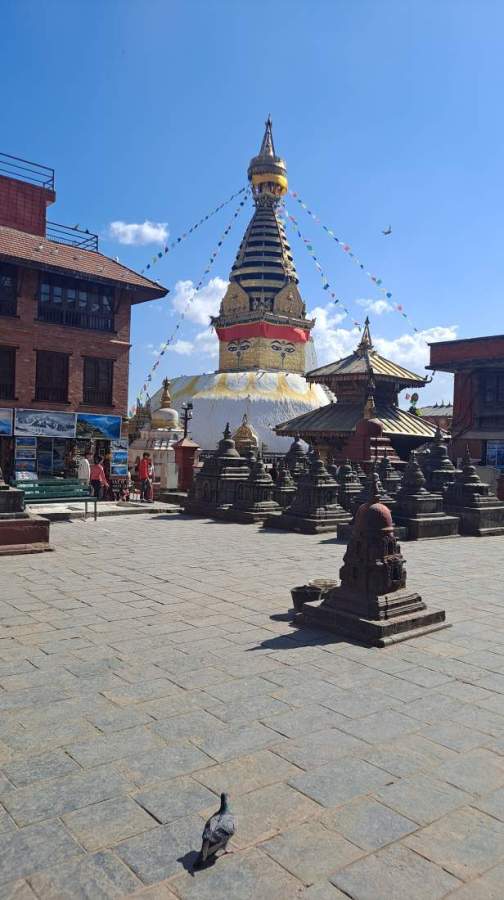

Buddha M Dhakal
Nepal is a stunningly beautiful country; I bet nobody denies this matter of fact. Anyone visiting the remote and rural Nepal is sure to find a good reason to be back again. The adventure is so enticing and very fulfilling.
Just like any other countries aspiring for democratic changes, Nepal has undergone the upheavals of political movements since the erstwhile Rana regime. However, the transition leading up to the modern form of democratic republic has not yet culminated to good governance practices deserved by Nepali citizens. It is worthless for me here to mention the nitty-gritty of political/administrative failure to deliver by the democratic governments. Meanwhile, it is not only the moral decrepit of the political figures who take turns to occupy the centerstage, natural calamities often ravage the country’s fragile ecosystems destroying lives and property.

Corruption is deeply entrenched in the political and bureaucratic landscape. The political transition from Panchayat to constitutional democracy and to democratic republic favoured the political players and bureaucrats of management leadership to amass wealth by instigating corrupt practices. Government owned corporations like Nepal electricity authority and Nepal oil corporation were the hot bed of corruption through a decade. NEA is now recovering and progressing well under the efficient leadership of Mr. Kul Man Ghising.

The culture of building nexus among the corrupt officials, politicians and their coterie forms the bedrock of money laundering, embezzlement, fake documents and maintaining foreign accounts for illegal money transfer.
The cases of gold smuggling, collecting money from Nepali citizens posing as fake Bhutanese refugees, land grabbing scams, N-cell fraud and scandal of wide-body aircraft procurement are some prominent ones to mention here.
However, Nepal is still beautiful in its diverse topography, vegetation and culture. Road connection to small villages, telecommunication towers erected high on hill- top and steep slopes across length and breadth of the country exemplifies the devolution of authority to local governments. To my amazement, I saw that people have options to hire small three-wheeler auto to commute to places linked by unpaved farm roads and black-topped roads traversing the green paddy fields. Transportation and communication services have improved drastically in the last twelve years. After the local government is bestowed with more power to determine their own development needs, growth of infrastructures seem to have scaled up. Yet there is still poor planning and mismanagement of resources. The urban growth is too unhealthy and only clusters of concrete buildings sprung up hastily.

Apparently, the sustainable development practices are not followed while planning for the development. Though it is not easy to undertake massive scale of development to a mountainous terrain, yet careful planning of resource exploitation can avoid man-made calamities. Nepal, a country facing vagaries of monsoon, should have culturally and geographically suitable development strategies that can be implemented right to the village level.
The chunks of national highways mutilated by the last monsoon are in recovery phase. But simply moving away the debris and clearing the road or constructing the diversions serve temporary purpose only. The casualties was horrific: buses, vans and cars swept down by the mudslides and boulders falling off the hills at night hours. The domestic airlines are too unreliable to serve at such times of perils, while chopper services for rescue operations are severely limited.

Nepal, the mountainous country on the path of monsoon rain must have the definitive alternate plans for avoiding human casualties and ameliorating threat to infrastructures during those difficult times.
A long-term planning and robust construction technology is necessary for keeping the roads open in all natural calamities.
I experienced the ravaged Prithvi highway during my recent visit to Nepal for Dashain. The day after we landed in Kathmandu, we woke up at midnight and started the journey to Jhapa in a hired private car, so to avoid the long delays on one way traffic in the hills of Dhading and Chitwan.
Nevertheless, Nepal is still a Shangri-La destination to visit once in lifetime. For those of us originating in the idyllic villages of the Nepal Himalayas, we have more stake and reason to visit quite often. Being culturally attached to the original landscapes, Nepali speaking Diaspora has no better place than Nepal to go during annual festivals, rituals, and family events like marriages, religious sermons, Pooran etc. It is the place for families to re-unite, go for nature hikes or arrange a trip for pilgrimage. The UNESCO heritage sites are iconic tourist destinations although they are still poorly managed.
I was a bit scared and very much mesmerized by walking on the swaying suspension bridge hanging over Kaligandaki gorge, that connects Parvat and Baglung district. Such suspension bridges are almost everywhere over numerous rivers, hanging high between two giant hills, across the deep gorges cut by torrential mountain rivers.
The visit to Muktinath temple perched high (3800 m above sea level) on the lap of Nilgiri Himal gave me a complete sense of freedom. The road trip was uneventful, but the experience of mountain road cut on the steep rocky wall, overarching stone roof, the waterfalls like Rupsay Jharna and too narrow road cut open above the precipice of Kaligandaki flowing deep down added to the adventure. Muktinath sits in mountain desert of Mustaang district, beyond the great mountain ranges. However, the road to north traversed these lesser mountains with almost no vegetation and the soil and boulders too fragile to slightest geological movements. Construction of any infrastructure need utmost care to the environment.
The Marpha village in Jomsom serves the visitors with delicious apples; fresh, dried and brewed to apple wine. The local economy depends heavily on the tourism industry- both cultural and natural.
Down to Lumbini, the birthplace of Lord Buddha almost at 150m above sea level, there was a vast area to explore and understand about this pilgrim site of Buddhist from all over the world. The Mayadevi Temple housing actual archaeological site of birthplace of Buddha and the Ashoka pillar standing by its side speak enough about this world heritage site. But, we did not have the time to ponder upon each of the artifact. Various temples, stupas, pagodas and shrines erected by the Asian Buddhist countries enumerated how important is the place for Buddhists and undeniably Hindus, as well. Nepal has a lot to offer to the world; this was well said by then UN Secretary General U Thant, who visited Lumbini in 1967 and initiated the motion in UN General Assembly for development of Lumbini. However so, to this day, the development has not been completed.
Of course, Pandora’s box of Nepal is open. In fact, advancement to federal republic form of governance is a path to more open and inclusive society. In this path of achieving an open, inclusive and just society, Nepal’s political leadership has failed to be faithful towards their own mission. The leaders failed to act responsibly and with integrity once they get to wield the power. They clearly lack the vision to lead the country which has turned into a playground for big regional and international powers. Instead, they built nexus between the land grabbers, illicit tradesmen, foreign investors, wealthy businessmen and exploited the bureaucratic channels to benefit from scandalous transactions/deals that recurrently come to limelight. They are now playing a game of banishment. The current scandal of embezzlement in cooperative banking gave chance to banish someone who questioned and initiated investigations on pre-existing scandals connected to political leaders. Rabi Lamichhane, ostracized, became the scapegoat in the scandal, not fully owed to him.
The intellectual circle within Nepal and outside in Diaspora anticipates and deserves opportunity to participate in fair process of the good governance, capable to contribute a wealth of knowledge and resource to help fellow Nepali.
Let’s hope for better Nepal, which is a perfect abode for all spiritual powers hidden in the Himalayas.
Comment